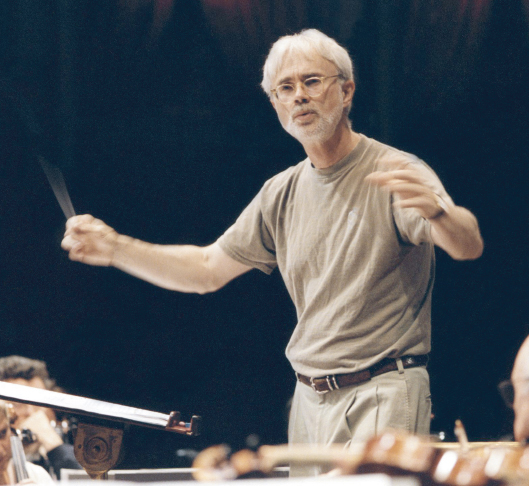John Adams (b. 1947)

John Adams ranks at the forefront of opera and concert music composers today, a true American original in the spirit of Ives and Copland. Raised (like Ives) in New England, he attended Harvard and then moved west to San Francisco in 1971. At first he was strongly influenced by Steve Reich’s minimalism; we have already mentioned two of Adams’s operas, Nixon in China and The Death of Klinghoffer, as important works in the minimalist camp. These operas also, in the newsworthy events they portray, helped start a trend of taking stories “plucked from the headlines” as the subject matter for operas. (The trend is sometimes called “CNN opera.”) Many of Adams’s other works also have American themes, including On the Transmigration of Souls, a powerful memorial for September 11, 2001, and El Niño, an oratorio about multicultural (especially Latino) inclusiveness in American society.
As the mention of an oratorio (a genre we have heard little of since Handel’s Messiah, page 140) suggests, there is a strong postmodern strain in Adams’s recent output, one witnessed also in the opera we take up here, Doctor Atomic. In general, Adams has ranged widely in his musical tastes, more so than most minimalists. He (again like Ives) is inspired by popular as well as highbrow musical styles and genres. In his music we hear echoes of the classical tradition, from Bach through Schoenberg and Stravinsky, brushing up against marches, dance-